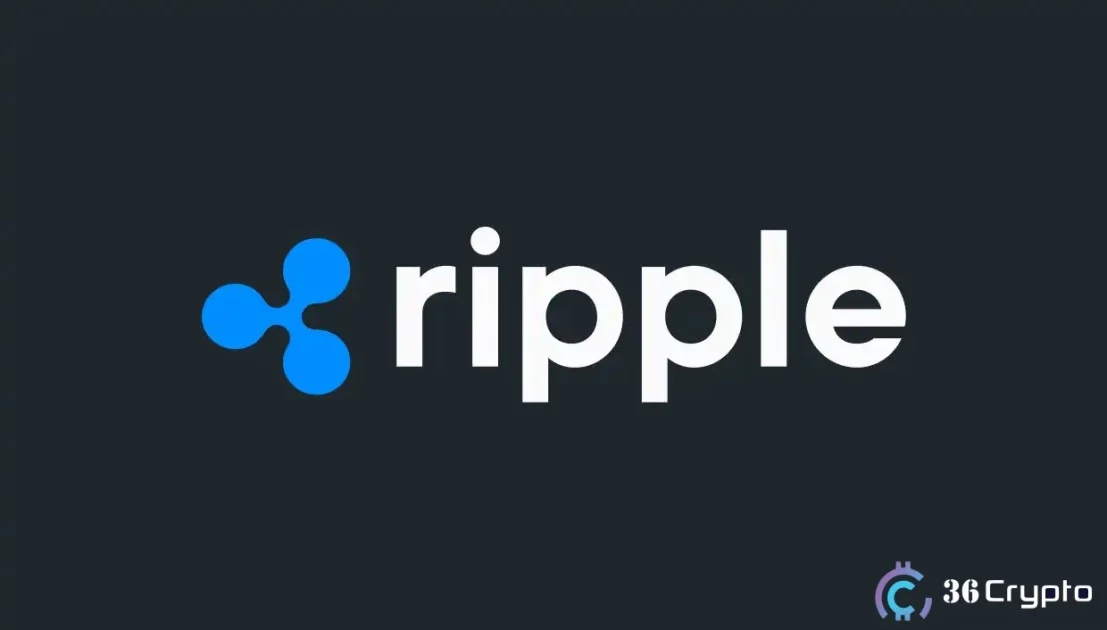- Ripple’s stablecoin streamlines global remittances with faster, cheaper transfers.
- Traditional remittance fees drop as stablecoin adoption gains global momentum.
- Mobile-first payments empower unbanked communities through blockchain technology.
Ripple is accelerating a significant change in the global remittance industry by leveraging stablecoins to streamline cross-border payments. In 2024, migrants sent an estimated $685 billion to low- and middle-income countries. These transfers play a critical role in supporting families, local communities, and national economies in over 80 countries.
Traditional remittance systems often involve multiple intermediaries, which delay payments and raise costs. Charges are more than 6 percent of the amount they are sending, and recipients sometimes spend days before receiving their payment. Ripple is providing the stablecoin RLUSD to replace these systems with a quicker and cheaper one.
Also Read: XRP Set to Explode? Peter Brandt Signals Massive Breakout Ahead
Unlike volatile cryptocurrencies, stablecoins are designed to maintain a fixed value by being backed one-to-one with traditional currencies such as the US dollar. The RLUSD offered by Ripple is payment-focused, and its design is to transfer funds fast, safely, and cheaply.
Users can send RLUSD directly through digital wallets, bypassing traditional banks and remittance agents. This approach guarantees that people will be able to get funds quickly, even in rural regions with poor access to the financial system. The process also minimizes the chances of delays and failed transactions.
Stablecoin Remittances Drive Inclusion and Efficiency
Fintech platforms such as Bitso and Yellow Card are already using stablecoins like USDC to improve remittance services across Latin America and Africa. Visa has partnered with Yellow Card to expand stablecoin settlement in Central and Eastern Europe, the Middle East, and Africa.
These actions give indications of rising use of blockchain solutions in well-traded payment corridors.
Ripple stablecoin allows unbanked adults to gain access to exciting payments and enjoy financial inclusion because 1.4 billion adults are currently underserved. Stablecoin transactions are fully traceable, offering transparency for both senders and recipients. They are also a stable store of value in areas with highly unstable currencies.
Demonstrating broader use cases, Ripple has used RLUSD in humanitarian projects, including a $25 million commitment to education nonprofits. This change is setting a new era of money flow in the world.
Ripple’s stablecoin strategy is reshaping how remittances are sent and received. As adoption grows, it continues to influence the future of global payments.
Also Read: Ripple’s Bold Move for U.S. Bank License Sparks XRP Surge Toward $10

